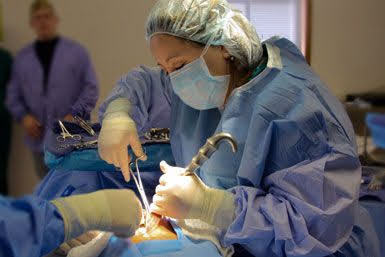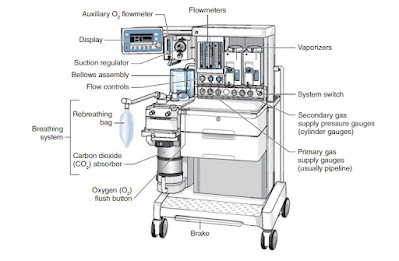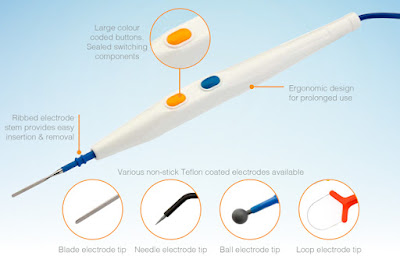How to Inspect and Maintain Sterilization Procedures in a Operation Theater ?
Inspection and Maintenance Sterilization Procedures in Operation Theater:
1. Preparation:
- Ensure all necessary tools and equipment are gathered.
- Verify the availability of sterilization agents and solutions.
2. Initial Inspection:
- Examine the sterilization equipment for visible damage or wear.
- Check seals, gaskets, and valves for integrity.
- Inspect trays, containers, and packaging materials for defects.
3. Functional Testing:
- Conduct functional tests on sterilizers, ensuring proper functioning of controls.
- Test pressure gauges, temperature indicators, and safety mechanisms.
4. Cleaning and Decontamination:
- Thoroughly clean and decontaminate all instruments and equipment.
- Follow established protocols for cleaning to remove organic material.
5. Assembly Check:
- Ensure that instruments are correctly assembled and arranged for effective sterilization.
- Check compatibility of materials with chosen sterilization methods.
6. Packaging:
- Employ proper packaging techniques to maintain sterility.
- Use appropriate indicators to confirm successful sterilization.
7. Loading:
- Load sterilization chambers according to equipment specifications.
- Avoid overloading to allow for proper circulation of sterilizing agents.
8. Sterilization Process:
- Initiate the sterilization process adhering to recommended parameters.
- Monitor and record sterilization time, temperature, and pressure.
9. Post-Sterilization Inspection:
- After sterilization, inspect packaging for integrity.
- Confirm color changes in indicator strips to ensure effectiveness.
10. Storage:
- Store sterilized items in designated areas with controlled environmental conditions.
- Follow a first-in, first-out (FIFO) system for inventory management.
11. Documentation:
- Maintain detailed records of each sterilization cycle.
- Document equipment checks, sterilization parameters, and any anomalies.
12. Regular Maintenance:
- Schedule routine maintenance for sterilization equipment.
- Address any issues promptly to prevent disruptions in operation.
Training and Compliance:
- Ensure staff is adequately trained on sterilization procedures.
- Adhere to regulatory guidelines and standards governing sterilization in healthcare.
These procedures are essential for maintaining a sterile environment in the operation theater, reducing the risk of infections and ensuring patient safety.




